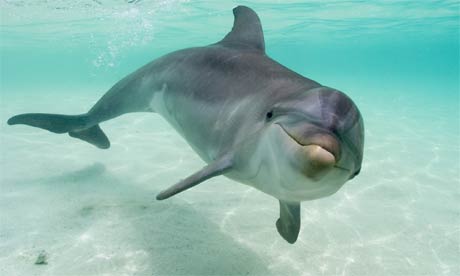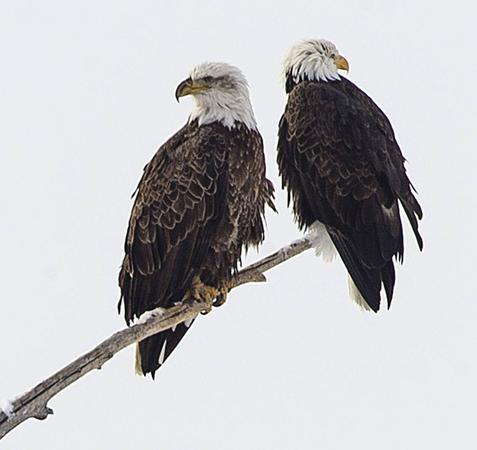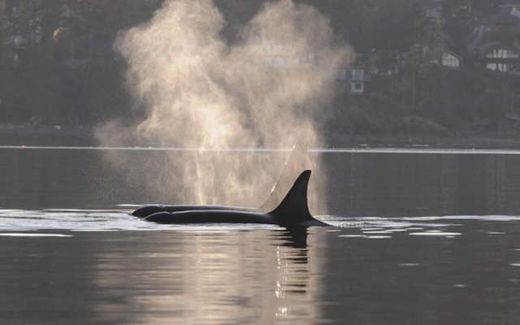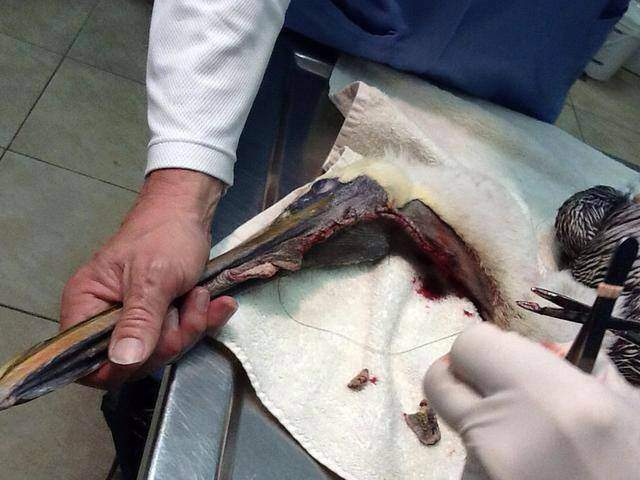
© Stuart Westmorland/CorbisA bottlenose dolphin.
More than 1,000 migratory bottlenose dolphins have died from a measles-like virus along the US Eastern Seaboard in 2013
and the epidemic shows no sign of abating, a marine biologist said on Monday.
The death toll exceeds the 740 dolphins killed during the last big outbreak of the then-unknown virus in 1987-88.
"It is having a significant impact and that is something we're monitoring closely," said Erin Fougeres, a marine mammal biologist for the National Oceanic and Atmospheric Administration (NOAA).
An estimated 39,206 bottlenose dolphins populated the eastern seaboard, to a depth of 25 feet, from New Jersey to Central Florida in 2010, according to the latest NOAA census.
Scientists are trying to determine why the morbillivirus resurged this year. The dolphins, which migrate south for the winter, have been stranded or found dead on beaches from New York to Florida since June, Fougeres said.
An unknown number of affected dolphins likely died offshore as well, she said.
A record number of manatees have also died in Florida waters this year, mostly from a toxic algae bloom in the Gulf of Mexico, according to the state's Fish and Wildlife Conservation Commission.



Comment: See also: Volcanic eruptions, rising CO2, boiling oceans, and why man-made global warming is not even wrong